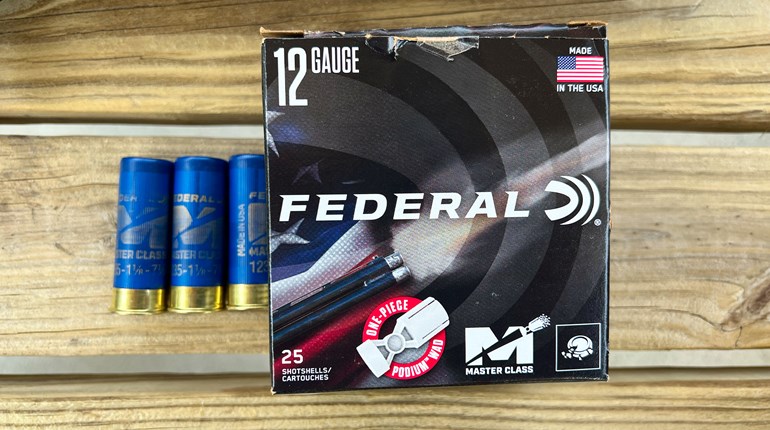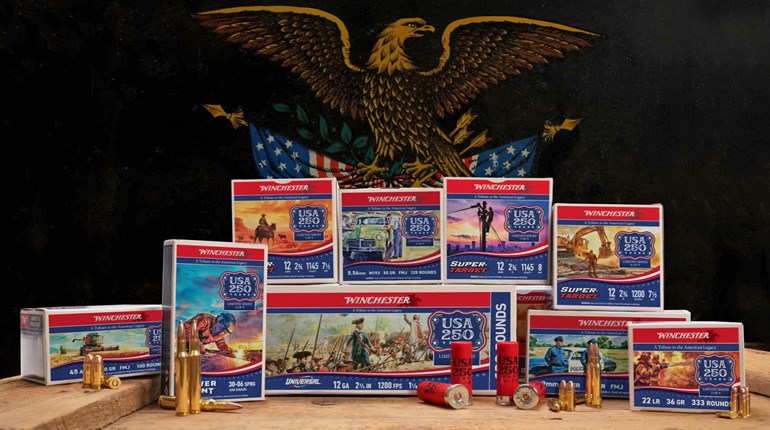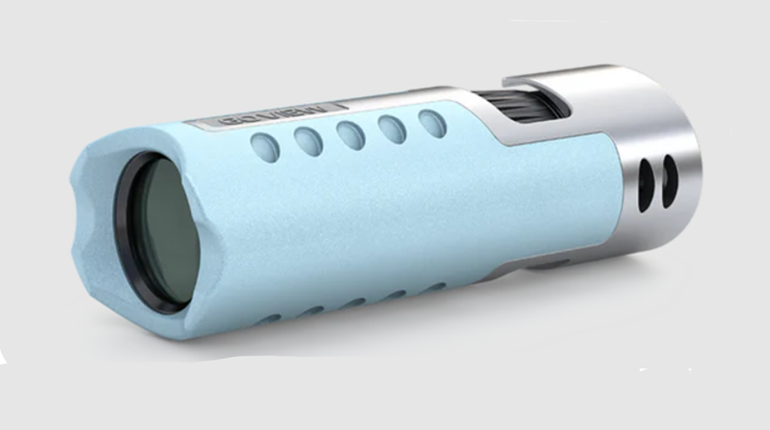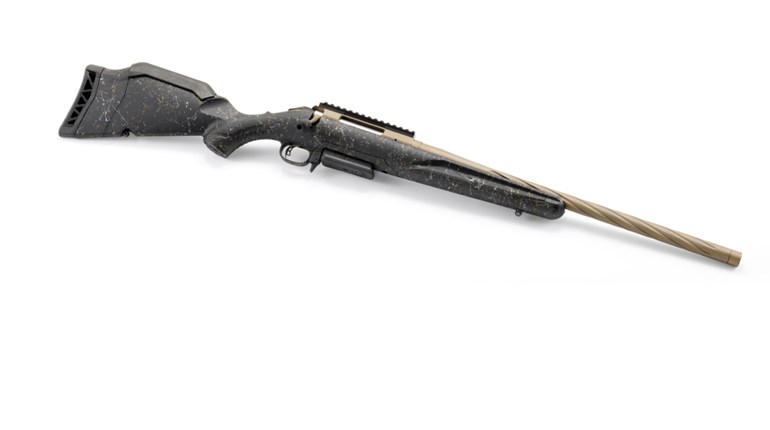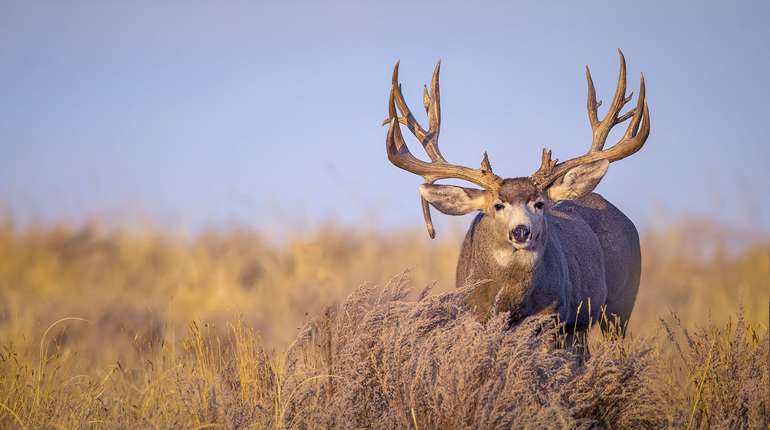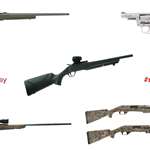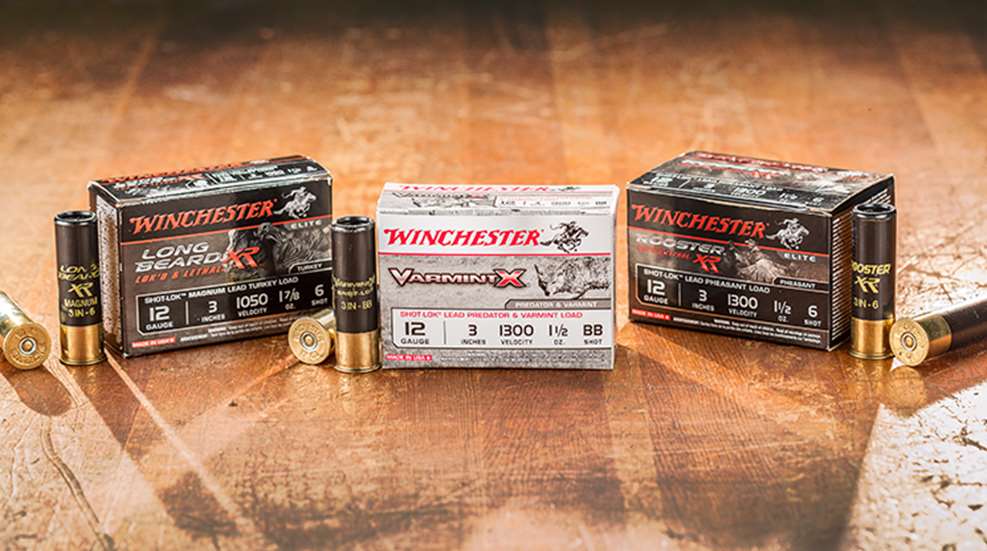
In the occasionally flawed, but still beautifully capitalistic nation that we call home, innovation remains king. Introducing new methods, ideas or products is, beyond a shadow of a doubt, the unadulterated path to success. Once upon a time, that simply meant building “a better mousetrap,” as the saying goes. And there’s nothing wrong with that. So long as there are mice, there will be room for better traps—just as so long as there are hunters, there will be room for bettering our hunting implements. But there are a lot of those mousetraps nowadays so for a product to be truly innovative, I feel it has sail into previously unexplored waters, particularly in the hunting industry, which has, in its own way, really been around for as long as people have hunted. While refining a firearm or bullet design or even a technique is how some of the best products come to be, to call those improvements innovations seems a stretch. Fortunately, each year the hunting industry truly does deliver on the innovation front, and the American Hunter staff recognizes such achievements through the NRA Golden Bullseye Awards.
To be eligible for a Golden Bullseye, products first must be considered “innovative in design and function.” And when we announced our 2016 Golden Bullseye honorees late last year, we did indeed name products in 10 categories that met or exceeded those standards. One of the standouts, though, for me—and a seasonably relevant one, too—was the 2016 Ammo of the Year: Winchester’s Shot-Lok.
Shot-Lok isn’t quite three years old, but it has already left its mark on the industry at large. Though originally tied to the company’s wildly successful Long Beard XR turkey loads, it has quickly found a home in other corners of the hunting industry—and it’s not done yet. So now that turkey seasons are in high gear and the 2016 NRA Annual Meetings and Exhibits—where Winchester will officially receive its Golden Bullseye—rapidly approaching, let’s take a quick look back to where Shot-Lok came from and speculate on where it’s going.
Shot-Lok is Born
I don’t subscribe to the idea that great ideas can happen by accident. A great idea requires advanced thought and introspection. Whether it’s conceived singularly or by committee, more goes into an innovative idea than an “Aha!” moment. That said, “Aha!” moments certainly can and sometimes do happen by accident. And, sure enough, the history of Shot-Lok has such a moment.
Prior to Shot-Lok’s announcement in 2013, Winchester had long been searching for a low-cost answer to producing better on-target performance with lead pellets. Hunters had, for years, been turning to newer, high-density, tungsten-filled shotshells. But rising tungsten costs had, in turn, increased the shelf price of those same shotshells—to the point where Winchester felt the price point far exceeded what a consumer was willing to pay for a high-end turkey load. That line of thinking left the door open for opportunity. The company’s engineers just had to seize it.
“After much debate and exhausting the periodic table of elements from a cost vs. performance perspective, we started over and asked ourselves, ‘Why does tungsten have better on-target performance than lead?’” said Steve Meyer, Winchester’s supervisor for shotshell new product development. “The answer was improved down-range performance.”
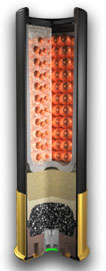 The reason for that improved down-range performance, of course, was largely material based. It’s why tungsten had grown so popular. It was harder and denser than lead. There were no two ways around it: Some of the soft lead pellets in every shot were being “crushed,” in a way, which reduced down-range energy and led to flyers, in turn creating pattern degradation. Winchester’s tests showed that tungsten pellets recovered from ballistic gelatin almost always maintained their spherical shape. Only about a third of the lead pellets did.
The reason for that improved down-range performance, of course, was largely material based. It’s why tungsten had grown so popular. It was harder and denser than lead. There were no two ways around it: Some of the soft lead pellets in every shot were being “crushed,” in a way, which reduced down-range energy and led to flyers, in turn creating pattern degradation. Winchester’s tests showed that tungsten pellets recovered from ballistic gelatin almost always maintained their spherical shape. Only about a third of the lead pellets did.
And so the company’s engineers accepted the unenviable task of trying to figure out how to get tungsten-level down-range performance from lead shot. It’s a challenge that’s been undertaken before, yes, to varying results. But it was Winchester that would “solve” it, en masse. The answer the engineers settled upon revolved around creating a “buffer” that would protect the payload from the force of the shot itself. The idea itself underwent years of trial and error. Then the “Aha!” moment happened.
One of the company’s lead design engineers was at a family gathering over the holidays and happened to see his grandmother making hard candy from scratch. If you’ve never made hard candy before, picture this: It begins as liquid, which you manipulate however you’d like, before it hardens into a solid.
It was thanks to that happy accident, and much trial and error, that Winchester conceived Shot-Lok: a liquid resin that dries hard, but is brittle enough to fracture and is a micro-buffer upon ignition. The final product, as you know by now, nearly eliminates any set back forces on the soft lead shot, allowing the shot leaving the barrel to be nearly entirely spherical. That means fewer flyers and super-tight patterns, which were capable of reaching birds out to 50 yards and potentially beyond that range. As for those patterns: Long Beard XR has continually set new records at the National Wild Turkey Federation World Still Target Championships. Innovation achieved.
Long Beard XR and Beyond
Once Winchester had its answer, it took it to market. The result was the resoundingly successful Long Beard XR line. Diehard turkey hunters, despite being a notably fickle crowd, have taken to the new load with enthusiasm. The aforementioned perks of Shot-Lok resin have played a hand in that, obviously, but a big selling point has been price.
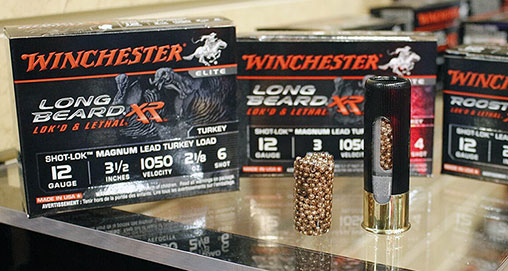
As you’ll recall, Winchester sought to make a high-end turkey load that still wasn’t anywhere near as hard on the wallet as the tungsten-based solutions that hunters had started to use. It wholeheartedly succeeded.
With the significant cost increase for tungsten raw material over the period 2005 to 2012 there was a need for a reasonably-priced, high-performance turkey load,” said Brad Criner, Winchester’s senior product manager. “Shot-Lok provides tungsten-like performance at a fraction of the cost of tungsten loads.”
Indeed. As this story goes to print, even the highest-priced Long Beard XR (it’s only available in 12 gauge, at the moment) on MidwayUSA.com checks in at $23.99 per box of 10 shells. Its 12-gauge, tungsten-based competitors all check in at $27.99 (or higher) for a box of 5. I’ll leave the math to you.
Winchester’s taken that ball and run with it, as you might imagine. A Magnum-edition of Long Beard XR landed in 2015, placating those who sought more potent payloads. And, immediately on the heels of the initial Long Beard XR release, the company rolled out Rooster XR. The concept is exactly what you’d expect: Shot-Lok resin in a pheasant load. Rooster kind of kicked the high-velocity approach of other upland loads to the curb, and instead focused, again, on greatly increasing range and pattern density. Again, hunters saw targets with fewer fliers than ever.
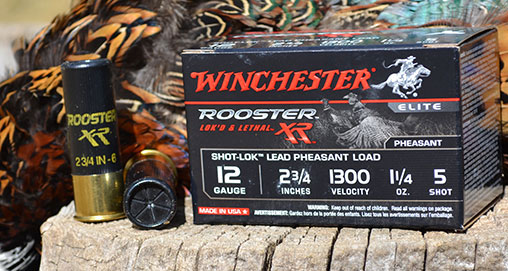
Shot-Lok will further its roots in the coming months, too, with the announcement of the first-ever shotshell introduction to Winchester’s predator-focused Varmint X line. The 12-gauge Varmint X shotshells will be loaded with BB, and in tests have put as many as 75 pellets on target—at extended ranges.
“Rooster XR is the perfect remedy for late season pheasants that get up well ahead of a dog point and generally fly directly away from the shooter,” Criner said. “Likewise, Varmint X provides a tight dose of 75 lead BBs to take down the coyote skirting your setup.”
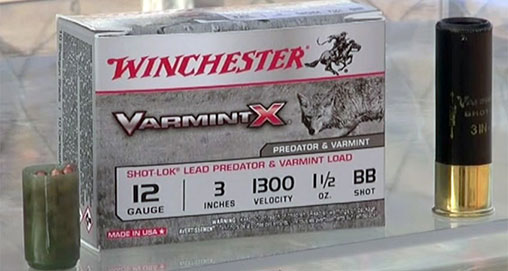
The company’s early tests showed penetration on gel blocks between six and 10 inches—more than enough to kill a coyote. I was on hand to see it drop a coyote dead in its track at 55 yards, which awed the lifetime predator hunter who’d been serving as our guide. It’s another winner.
Going Forward
Shot-Lok’s rapid-fire expansion, of course, begs one question: What’s next? For the answer, we’re very much going to have to wait and see. Waterfowl hunters have asked how the resin may be applied to duck and goose loads, obviously. The problem is, those shells are loaded with steel shot, which is a whole different ballgame. And turkey hunters have certainly asked about a 20-gauge version of Long Beard XR. The answer: Not yet.
Winchester’s official line has been that it continues to test and review applications that are appropriate for Shot-Lok. Which is a reasonable and fair answer, if a bit more subdued than consumers may like. From what I’ve heard, though, more is certainly on the way.
With Shot-Lok, Winchester didn’t just build a better mousetrap; it birthed a whole new category of trap. Now the company will set sights on bettering it.












